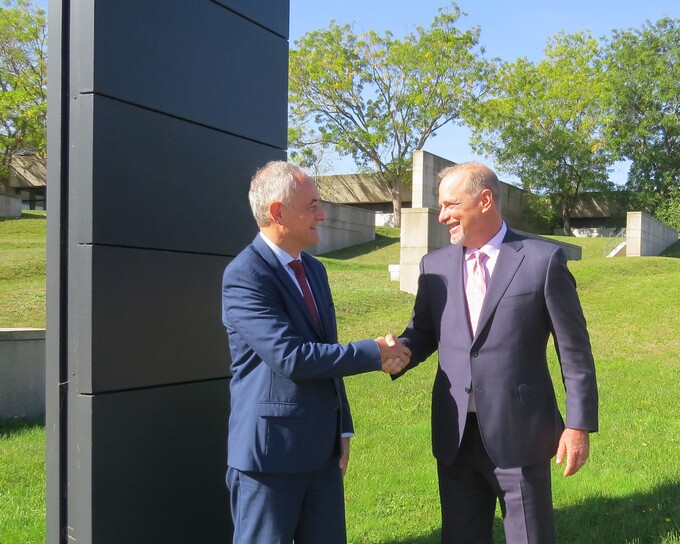
Search Axens.net
Process Technologies
process_technologies
Solutions - Advanced Process Licensing Solutions
Conference
Antwerp - CEST
3 days
Speakers

Olivier DUCREUX
Adsorbents Business Line Manager
ERTC Ask the Experts



The pandemic has provoked new challenges and opportunities for the refining industry and ERTC: Ask the Experts, organized from 19th to 21st October 2021 in Antwerp, Belgium, will provide process engineers with the platform to pose their burning questions to Europe’s leading experts. Resolve your major unit and process conundrums with your peers, including subjects around Hydroprocessing, Co-processing, FCC units, and Turnarounds.
Oil Refining
Petrochemicals
Renewable Fuels & Bio-Based Chemicals
Catalytic Cracking
CDU (Crude Distillation Unit)
Diesel Hydrotreating
FCC Naphtha Sweetening
Renewable Diesel and Jet
Residue Hydroconversion & Hydroprocessing
VDU (Vacuum Distillation Unit)
Equipment Supply
Process Technologies
Reforming Catalysts
Europe
+13
Virtual EVOLEN Days


EVOLEN brings together around its Annual Days, October 12 and 13, 2021, the energy industry with the theme: "Actors of the energy transformation". A dense program at the heart of climate, technological, innovation, new energy resources, and skills with 4 plenaries and 20 workshops led by the major players in the industry.

Carbon Capture, Utilization & Storage

Plastic Recycling
Syngas
CO₂ Capture
CO₂ Gas Drying
Gas Sweetening
Syngas Production & Upgrading / Hydrogen Production
Energy Efficiency
Process Technologies
CO₂ & H₂S, COS and CS₂ removal from Gas & Liquids
Axens France
Europe
+11
PET Chemical Recycling Depolymerization Forum
In 2019 Petcore Europe launched the PET Monomer Recycling Special Industry Group - with initial engagement by companies involved in the development of new and innovative processes to recycle PET and Polyester waste by depolymerization and reusing its monomer constituents.
Conference
Online - CDT
2 days
Speakers

Sophie Babusiaux
Chemicals Integration Leader - Middle Distillates & Conversion Business Line

Nicolas Menet
Plastic Recycling Business Development Manager
IRPC Operations
IRPC Operations will highlight the latest equipment, services, tools and technologies to optimize refining and petrochemical operations and maintenance efforts for a safer, more efficient, more profitable and sustainable work environment.
Russia & CIS Refining Technology Conference & Exhibition
The 21st RRTC will bring together regional refiners and their international and local partners – licensors & contractors; catalyst and equipment manufacturers, services and solution providers and design institutes.
This year’s RRTC will be dedicated to SLAVNEFT-YANOS’ 60th Anniversary. We invite you to join your partners, colleagues and friends in celebrating the most important achievements and milestones in the refinery’s history.
The 60th Anniversary Conference will welcome 80+ managers and key specialists from SLAVNEFT-YANOS, GAZPROM NEFT, ROSNEFT and its subsidiaries, and BASHNEFT.
This year’s RRTC will be dedicated to SLAVNEFT-YANOS’ 60th Anniversary. We invite you to join your partners, colleagues and friends in celebrating the most important achievements and milestones in the refinery’s history.
The 60th Anniversary Conference will welcome 80+ managers and key specialists from SLAVNEFT-YANOS, GAZPROM NEFT, ROSNEFT and its subsidiaries, and BASHNEFT.





